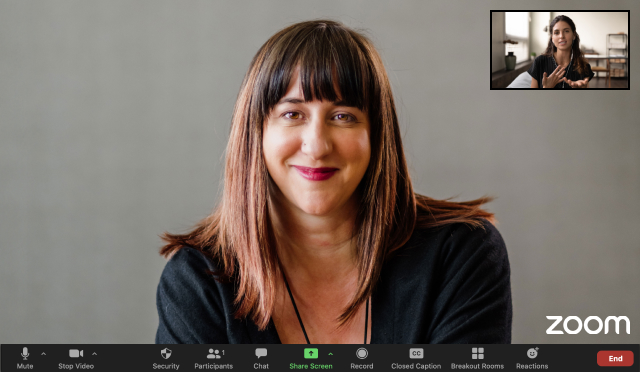With inflation skyrocketing, experts are predicting that Canada is heading for a moderate recession in 2023. But for nonprofits, the work goes on. Whether it’s wages, operational costs or capital campaign building, now is the time to press forward and find ways to thrive in the midst of cost of living increases and donations decreases.
The instinct to pull back from fundraising and capital campaigns during an economic downturn is natural, but there are many important projects that have already been on hold for far too long due to the pandemic. Can yours afford to wait any longer?
Here are two tips for running a successful capital campaign during an economic downturn
If the term “capital campaign” is a new one, think of it as regular fundraising but for a substantially larger amount, for a defined period of time and for a specific project, such as a new building, intensive renovation or service expansion. In general, capital campaigns are reserved for projects that either fall outside or cannot be included in an organization’s general budget.
1. Emphasize the benefits of contributing towards your capital campaign
It’s always best practice to focus on the benefits of a project rather than the features, but it becomes critical when you’re fundraising in the midst of a tight economy. Rather than talking about what your project is (a building, a school, a well), focus on what your capital campaign building will mean once it’s completed.
- Why should a donor contribute to your campaign rather than another organization’s project?
- What makes it necessary for someone to sacrifice some of their hard-earned money in order to fund your project?
- Whose lives will be changed if you’re able to fully fund your capital campaign?
Make the aspects of your project that matter the most to your donors crystal clear. Cast the vision for how their support now will make a difference later, for their children, grandchildren and future generations.
How you communicate the benefits is also important to consider. This type of campaign will attract many types of donors, so providing information in a variety of ways will allow you to serve many different needs throughout the campaign.

For example, some donors will want to see the budget for the project and will respond well to data and statistics. Consider producing materials such as a financial report, charts, infographics and a breakdown of your projected expenses.
Another example is donors who respond best to the emotional impact of the project. Producing a short video about the campaign, sourcing testimonials from those this project would help or creating graphics emphasizing the project vision will allow you to make a strong emotional connection.
2. Build and nurture strong relationships with donors
Relationships have always been and will continue to be an important—if not the most important—aspect of nonprofit marketing. They largely dictate whether a nonprofit will thrive long term. And when finances are tight or you know a capital campaign is coming up? Strong relationships are critical for raising those important funds. Don’t wait until you need funds to build relationships with your donors, start now.
As much as some of us would prefer to keep our heads down and do good work, we also need to spend time nurturing donor relationships. They need to know and understand why this work matters and how they can participate.
You can effectively share about your needs and invite people to participate through giving without guilt or pressure.
In fact, when you build and nurture relationships, you’ll find donors wanting you to ask for support and being grateful when they’re able to contribute in a meaningful way.
Developing stronger bonds with donors starts with strengthening your lines of communication. Look for opportunities to reach out through letters, notecards, emails, phone calls, texts and one-on-one visits. If you have capacity, also think about hosting larger in-person events such as galas, meet and greets and tours.
When finances are tight, our natural instinct is to scale back and assume no one has money to give. This may be true for some donors, but not for all, and it is possible to operate a successful capital campaign in the midst of an economic downturn. You may have to adjust your messaging and change your campaign approach to compensate for the current climate, but as long as you stay focused on why your project matters and how it will benefit others, and you continue building meaningful relationships with supporters, you will find a way to bring your capital campaign building to life.
Not sure how to get started? Drop us a line and we’d be happy to help.
